- 路 Microwave
- 路 Atmospheric Pressure Microwave 路 Pressure Microwave 路 Parallel Microwave
- 路 Ultrasonic 路Low Temperature Ultrasound
- 路 Ultraviolet Light
- 路 Microwave Heating 路 Atmospheric Pressure Synthesis 路 Atmospheric Pressure Catalysis 路 Atmospheric Pressure Extraction
- 路 Sample Preparation 路 Microwave Digestion
- 路 Soil Digestion 路 High Pressure Synthesis
- 路 Solid Phase Synthesis
- 路 Organic Synthesis
- 路 Ionic Liquid Synthesis
- 路 Degradation Of Natural Organic Matter
- 路 Natural Product Extraction / Purification
河北祥鹄科学仪器有限公司
189 TpPa-2-incorporated mixed matrix membranes for efficient water purification
This paper, written by researchers from Ocean University of China and others, discusses TpPa-2-incorporated mixed matrix membranes for efficient water purification. The paper is published in an important journal < Journal of Membrane Science >. IF:6.578.
In recent years, the research work of microwave chemical instrument used in the synthesis of materials has become a hot direction of scientific research, which has been paid great attention to by many scholars!
Pure organic nature and nanoporous structure make covalent organic frameworks (COFs) a promisingly potential candidate in mixed matrix membranes (MMMs). However, COFs-based MMMs have hardly ever been applied in water purification due to their hydrolytic nature. In this study, we elaborately selected TpPa-2 with extensive stability in complicated water-environments as nanofiller to prepare MMMs for water treatment for the first time. Microwave synthetic technique was employed and optimized to construct the TpPa-2(MW) with a much higher BET surface area, smaller particle size, less agglomeration tendency and excellent stability. TpPa-2 was also synthesized mechanochemically (MC) for comparison to indicate how the synthetic technique influences the TpPa-2 and TpPa-2-incorporated MMMs. Membrane structure and property, water transport capacity and separation performance of both TpPa-2(MW)- and TpPa-2(MC)-incorporated MMMs were comprehensively investigated. It proved that our MMMs with an ultralow amount (0.2 wt%) of TpPa-2(MW) featured both improved water flux and rejection, breaking the trade-off between permeability and selectivity for polymer membrane. A membrane forming mechanism was further proposed to understand the effectiveness of TpPa-2(MW) in MMMs. This new generation COFs-based MMMs would be highly efficient, resource saving and cost-effective, which promise a great potential application in practical water purification.

Fig.1/4↑

Fig.2/4↑

Fig.3/4↑

Fig.4/4↑
In summary, COFs were the first time to be used to prepare MMMs for water purification. The elaborately selected TpPa-2 was further proved to possess extensive stability in complicated water environments, which would lay technical foundation for diverse aqueous applications. To improve its practicability in MMMs, it was synthesized by convenient and effective microwave (MW) method within minutes. Under an optimal microwave condition, the resultant TpPa-2(MW) was endowed with much higher SBET (535.2 m2/g), smaller particle size and less agglomeration tendency than its counterparts obtained by mechanochemical method. TpPa-2 was blended with PSf material to prepare MMMs. Influence of two TpPa-2 prepared via microwave and mechanochemical approaches on the membrane structure, surface property and separation performance was investigated. The results revealed that TpPa-2(MW)/ PSf membrane showed much smoother membrane surface, higher porosity, higher water transport property and separation performance than TpPa-2(MC)/PSf and pure PSf membranes. With the same content of 0.2 wt% of TpPa-2, the TpPa-2(MW)/PSf membrane exhibited a significantly enhanced pure water permeability of approximately 3775 L/m2 h MPa, with an increase rate of 67% compared to the PSf membrane. On the contrary, TpPa-2(MC)/PSf membrane showed a decreased pure water permeability of only 1733 L/ m2 h MPa. For the separation efficiency for purifying organic foulant solution (5 mg/L HA) at 0.10 MPa, the water flux of membranes followed a similar profile as the pure water permeability. Meanwhile, the HA rejection of both membranes was enhanced and maintained over 90% during the whole filtration process, proving the better compatibility between COFs fillers and polymeric matrices. Accordingly, a membrane forming mechanism was proposed to understand the synchronous improvements in water permeability and HA rejection for the TpPa-2(MW)/PSf membrane. Compared to state-ofthe- art MMMs, our TpPa-2(MW)-incorporated MMMs featured both improved water permeability and rejection, breaking the intrinsic trade-off effect between permeability and selectivity of a polymer membrane, indicating that this new generation COFs-based MMMs would be high performance, resource saving and cost-effective.
A simplified microwave reactor (XH-MC-1, Xianghu, China) with a contact temperature probe was employed for the TpPa-2 synthesis (Fig. 2). The reaction equation was also shown in Fig. 2. Microwave synthesis of TpPa-2 was carried out based on modified Schiff base reactions. Initially, Tp, as intermediate material of TpPa-2 was prepared from phloroglucinol [34,35,45] (Supporting Information). Then, in the presence of 3 M GAA (2.5 mL) and a mixed solvents of mesitylene/dioxane (1:1, 15 mL), Tp (1.5 mmol) was reacted with Pa-2 (2.25 mmol) to synthesize TpPa-2 based on the modified Schiff-base reactions, which was carried out in an open microwave system with microwave power of 500 W at a predetermined temperature (100 °C, 120 °C) for a certain time (30, 60 and 90 min). Finally, the mixture were collected by centrifugal separation and extracted by acetone (100 mL) for 60 min with 4 cycles for purification under ambient condition. Before measuring porosity and SBET, the samples were degassed at −196 °C and activated at 180 °C for 6 h under highvacuum conditions. The resultant TpPa-2 was denoted as TpPa- 2(MW). For comparison, TpPa-2 was also prepared using mechanochemical method (denoted as TpPa-2(MC)) by manual grinding in a mortar and pestle, similar to the previous studies [35]. TpPa-2(MC) was initially identified by visual color change (Fig. S1b).








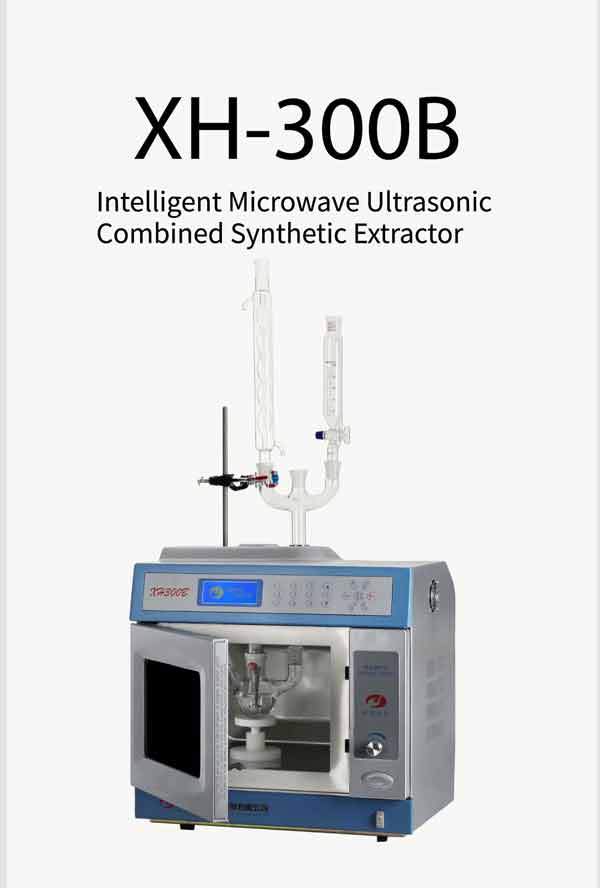

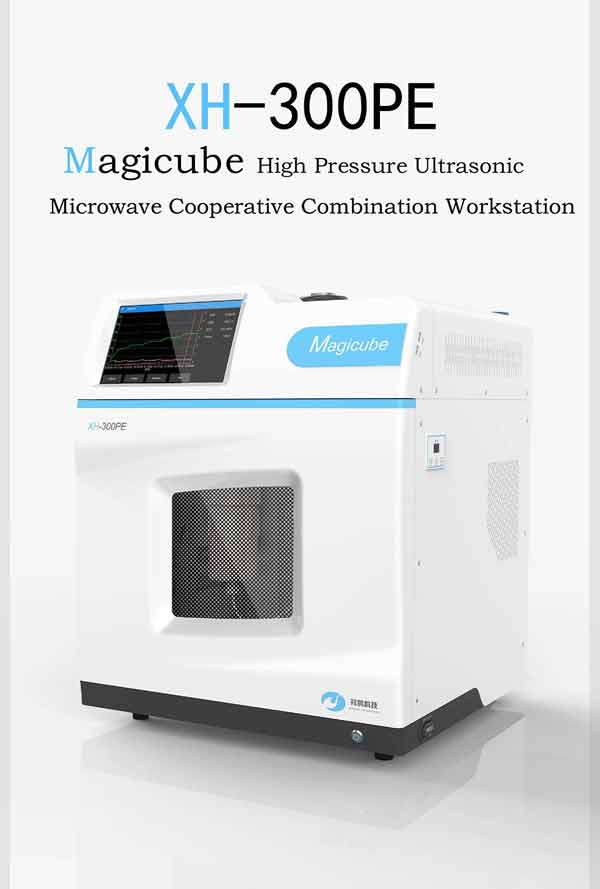
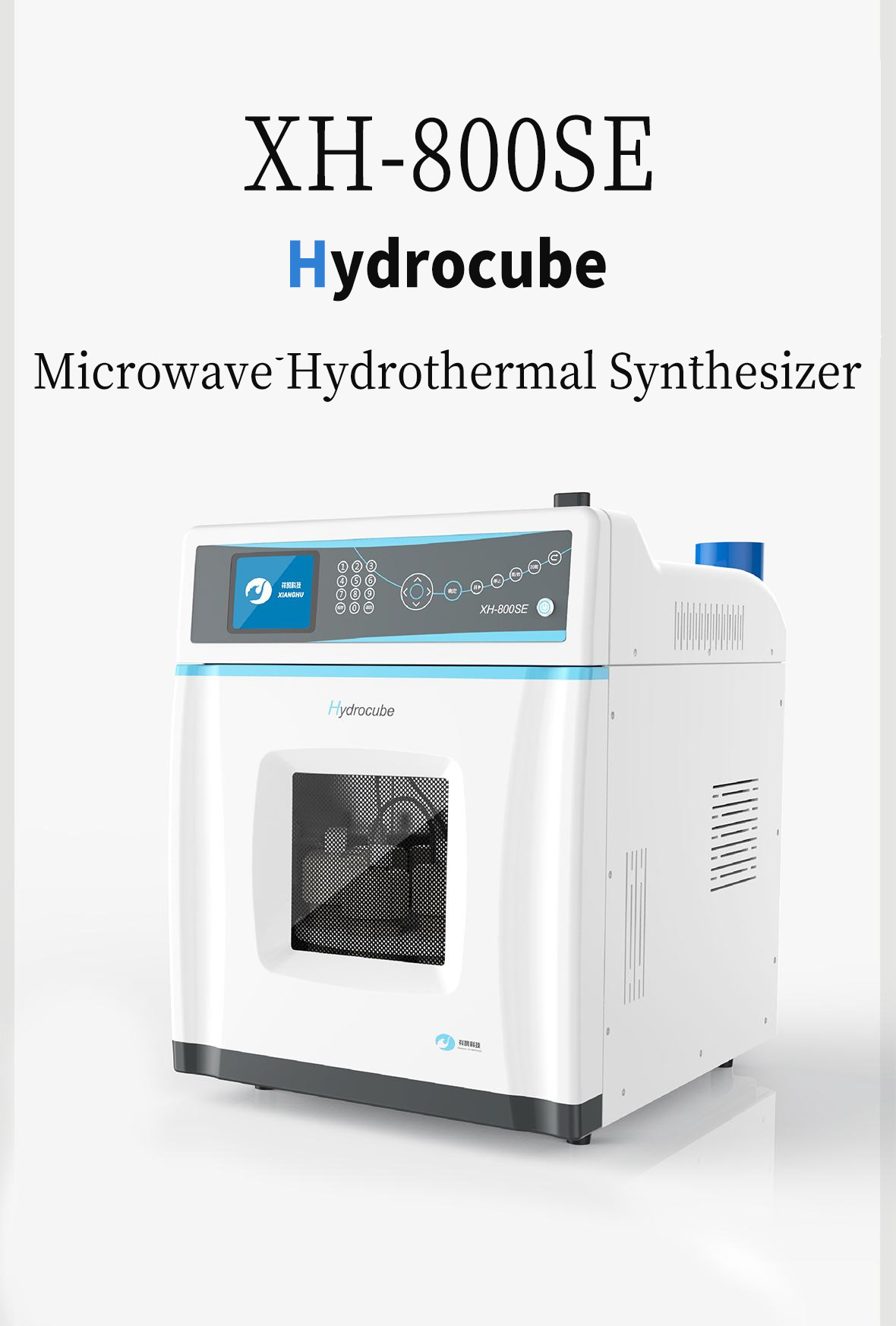
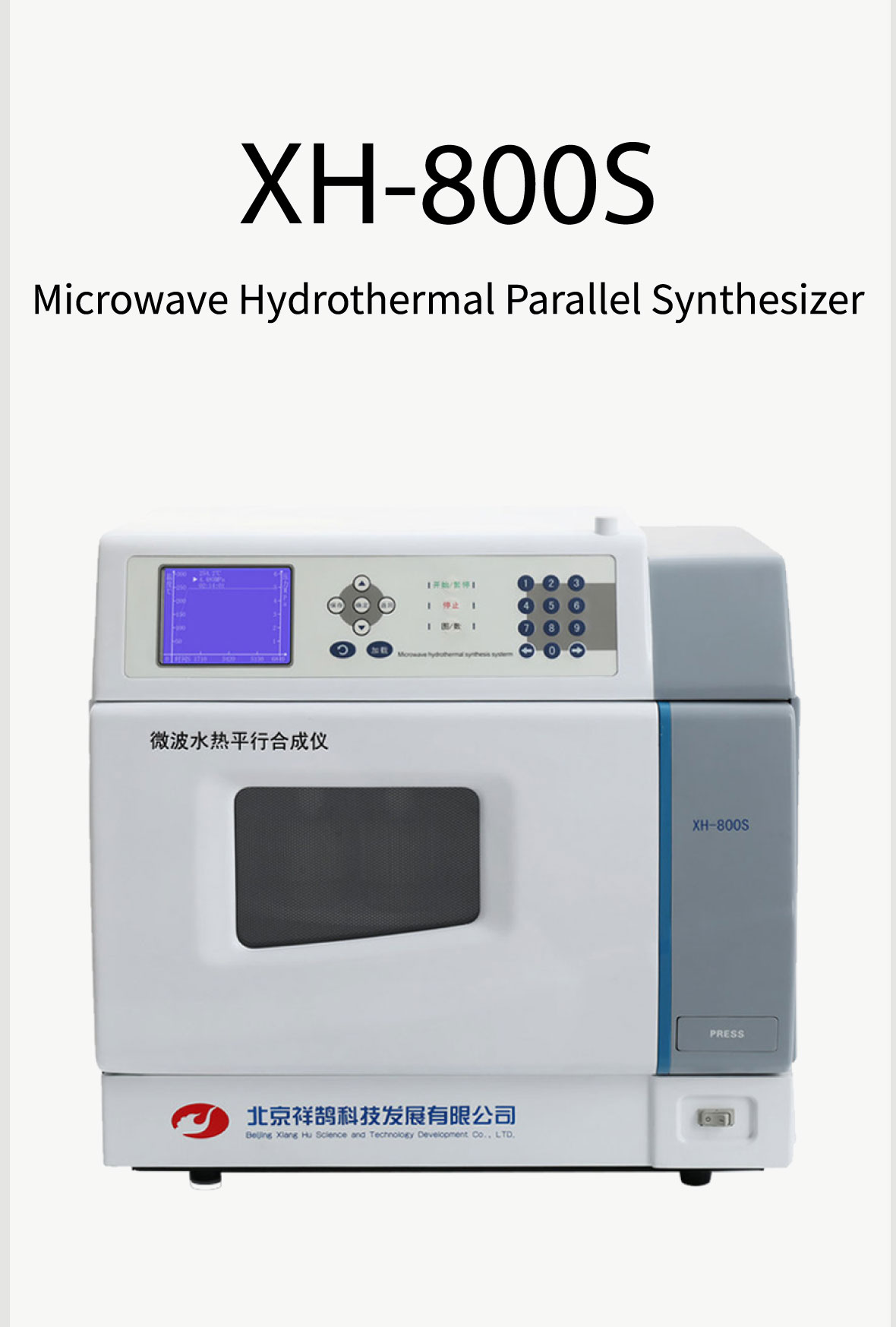
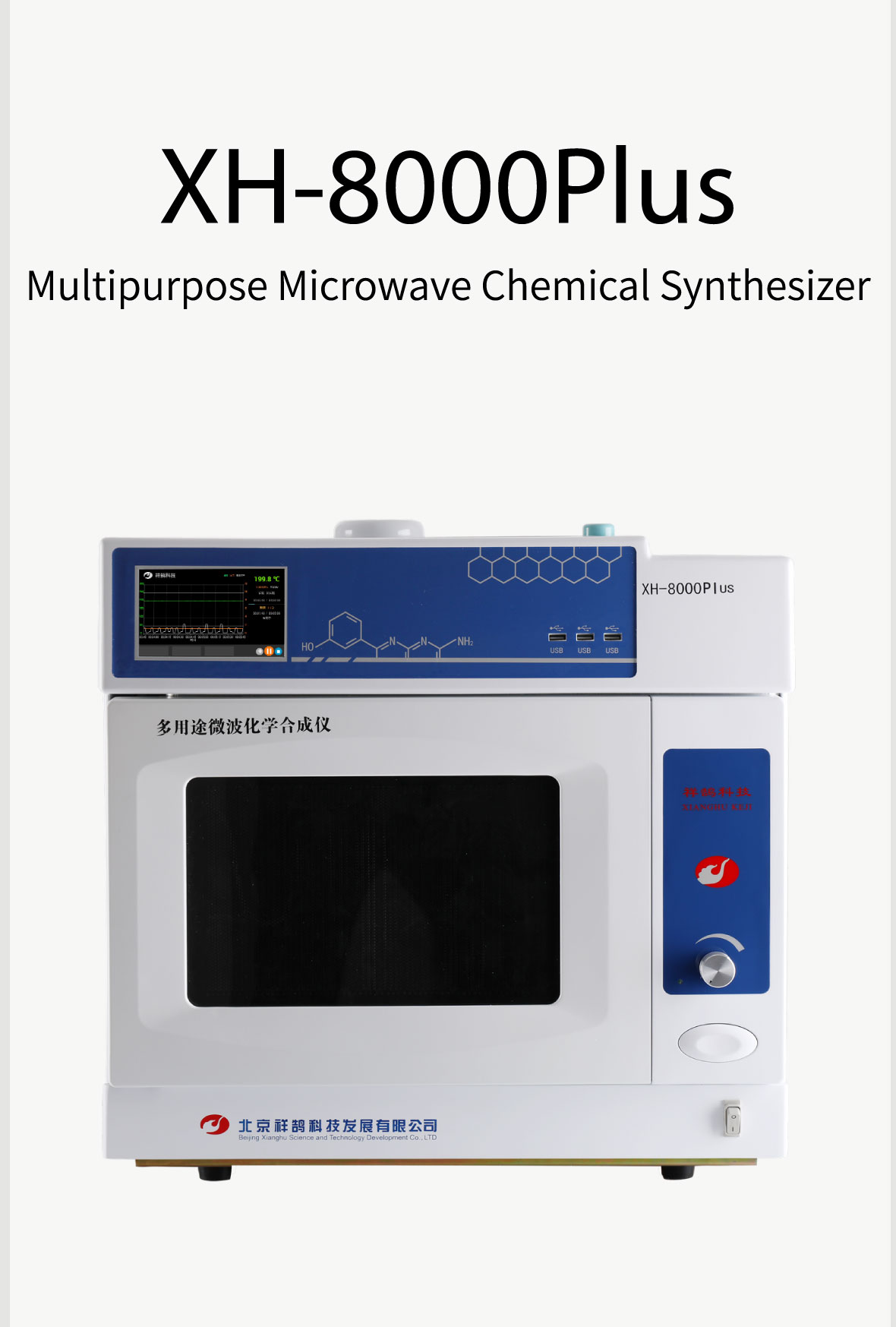
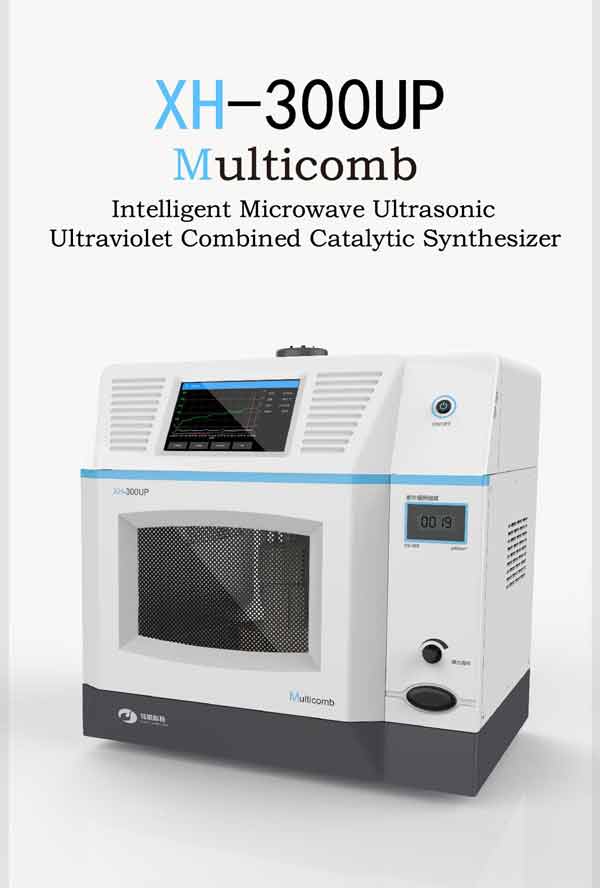
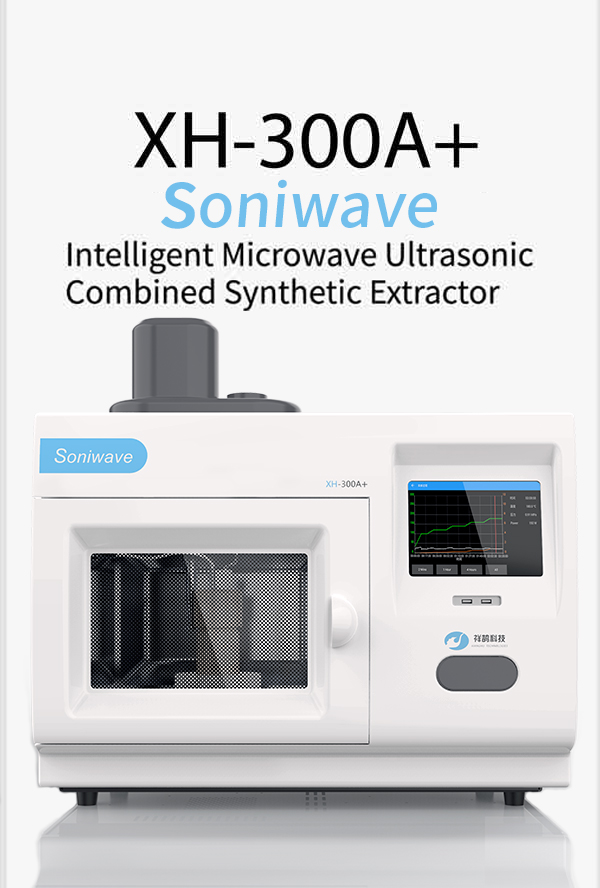

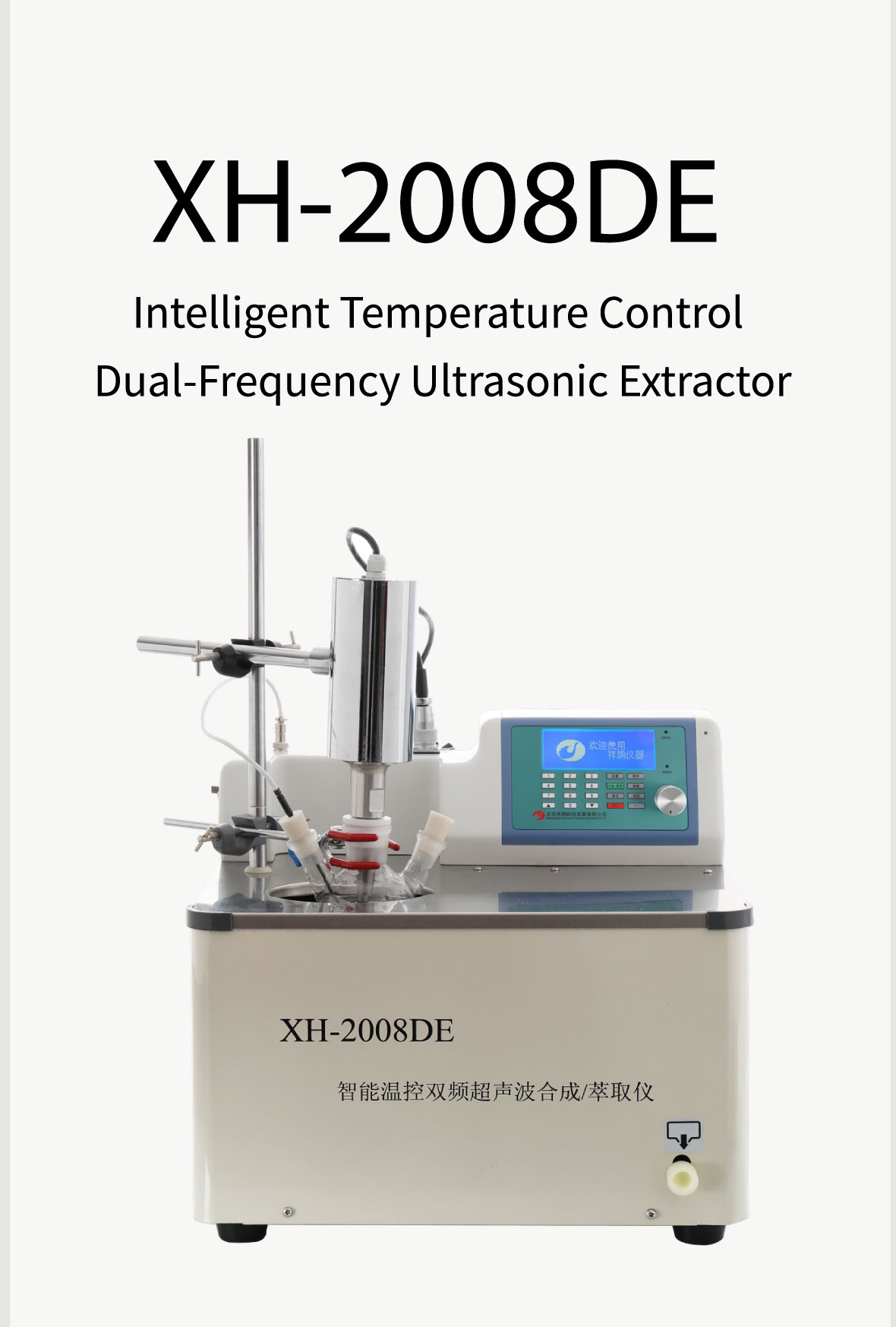



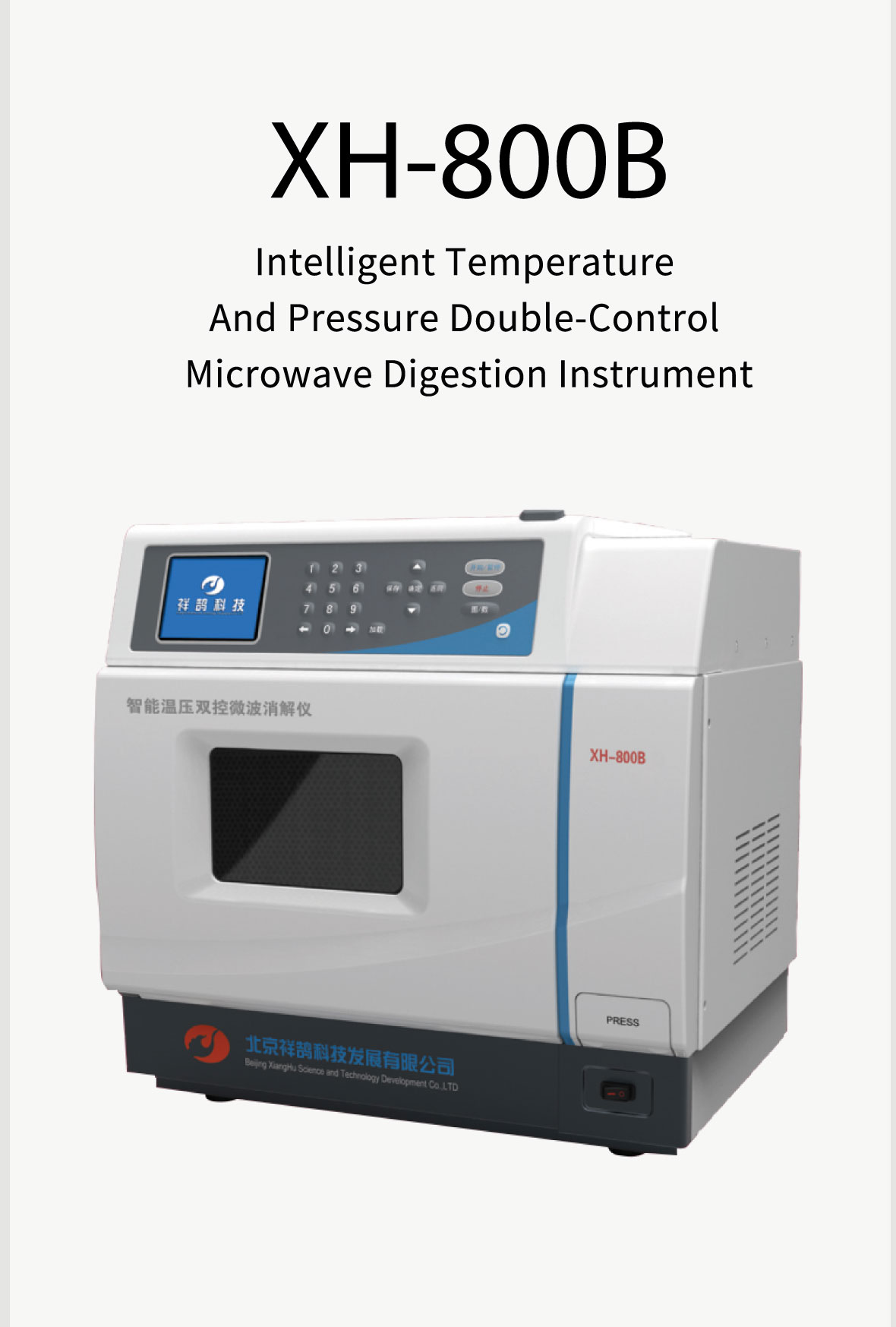

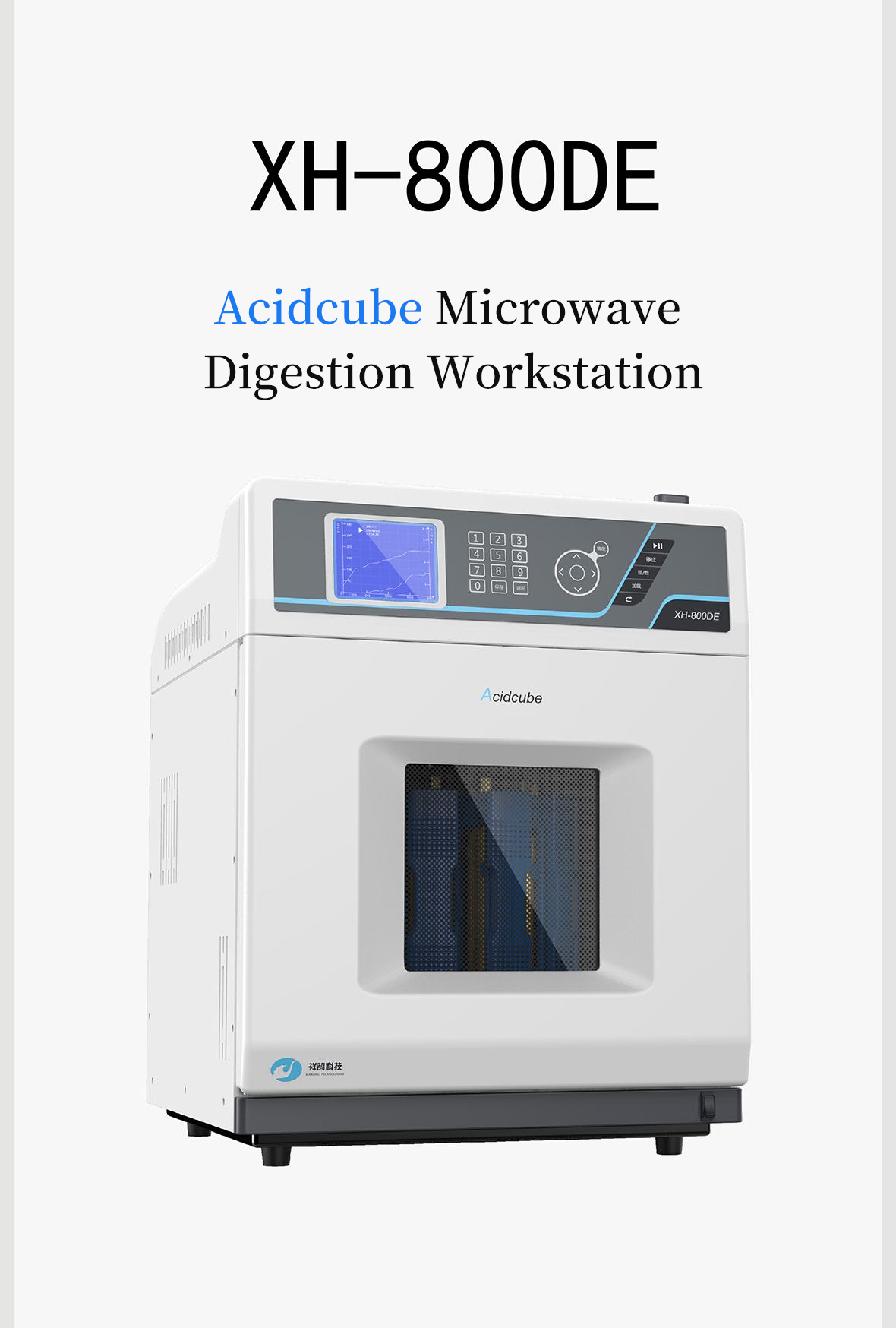

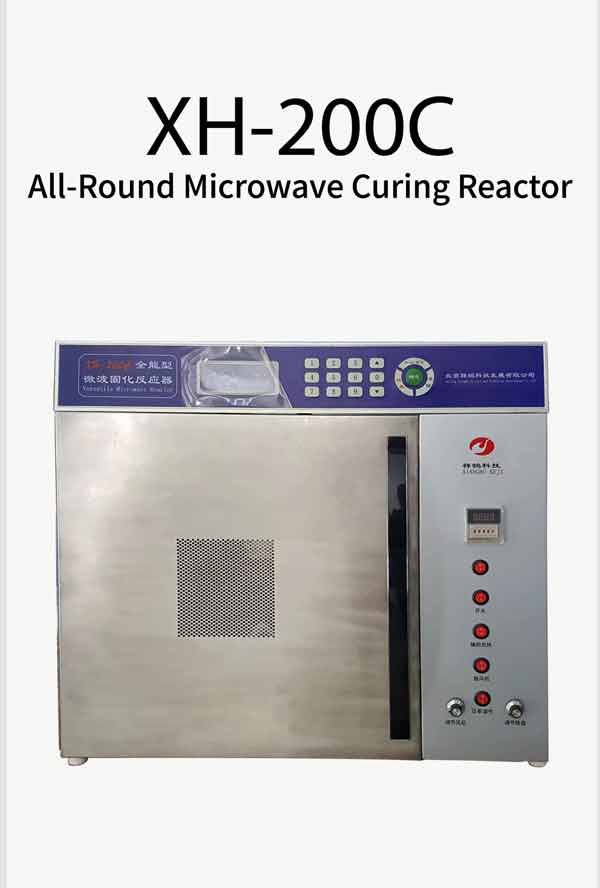
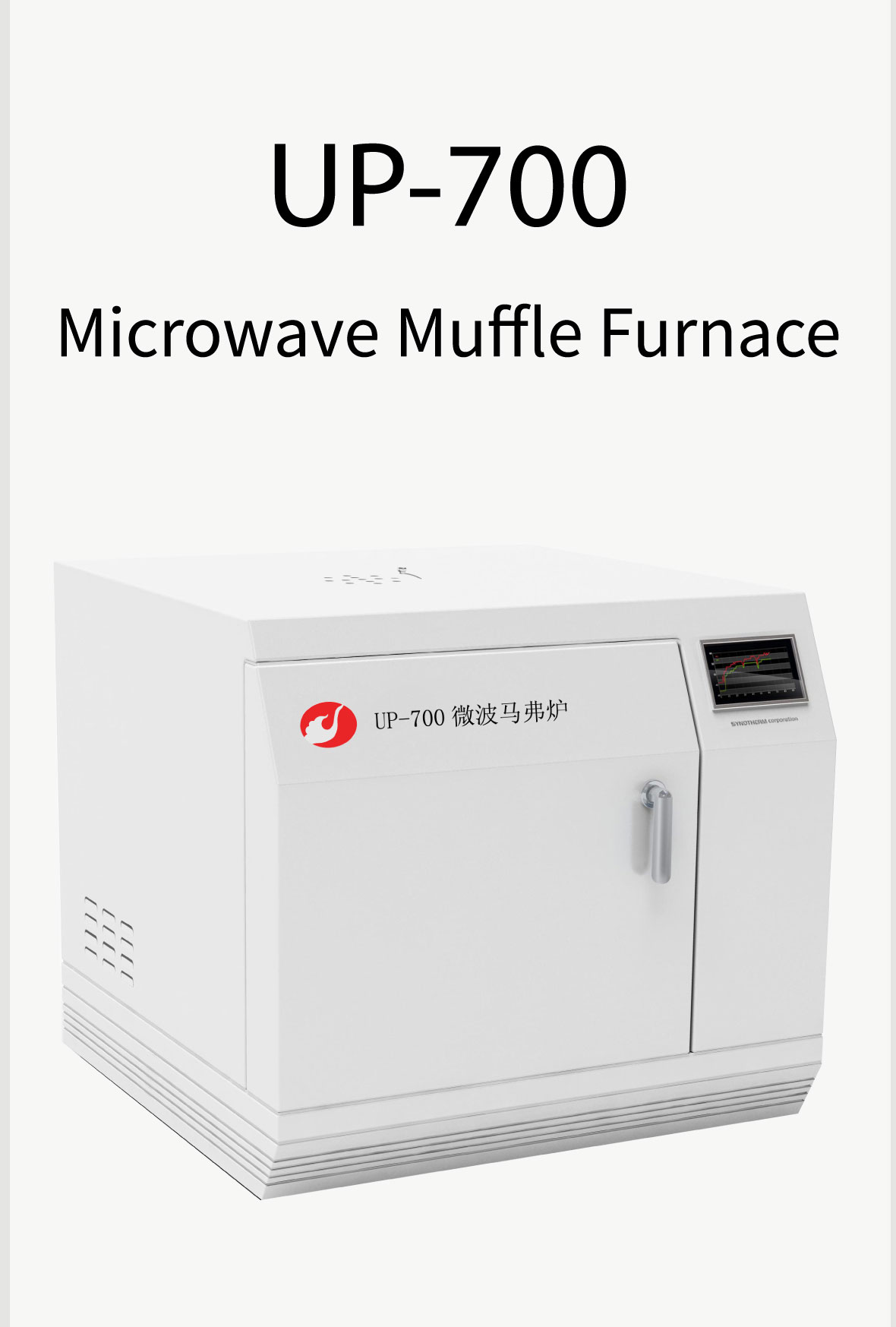

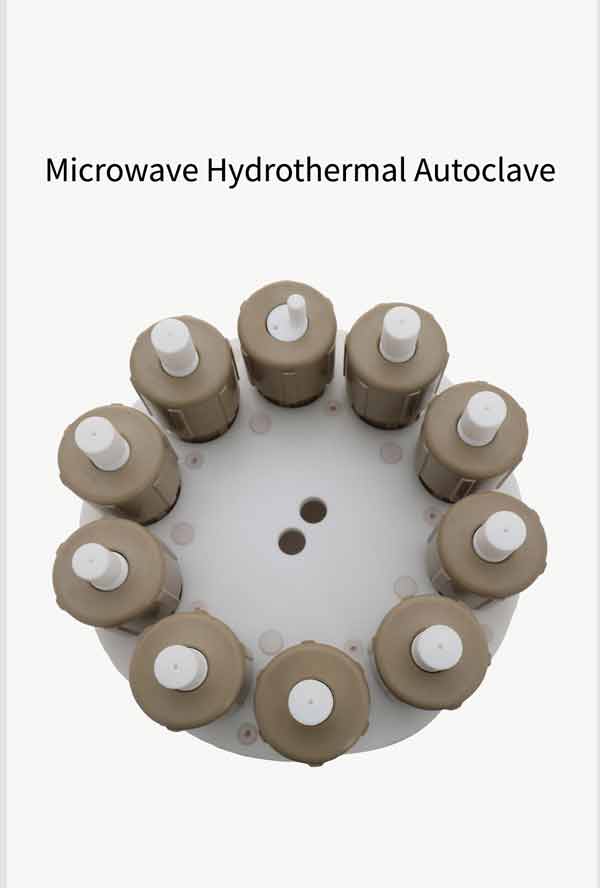

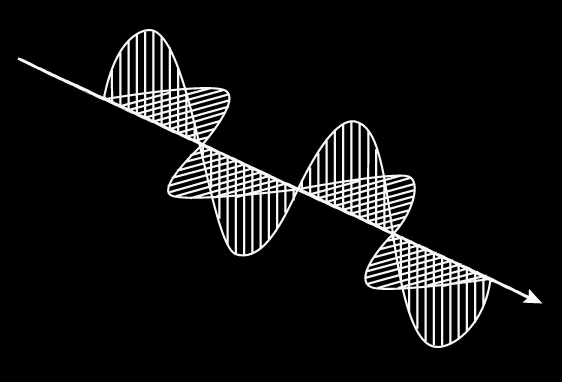

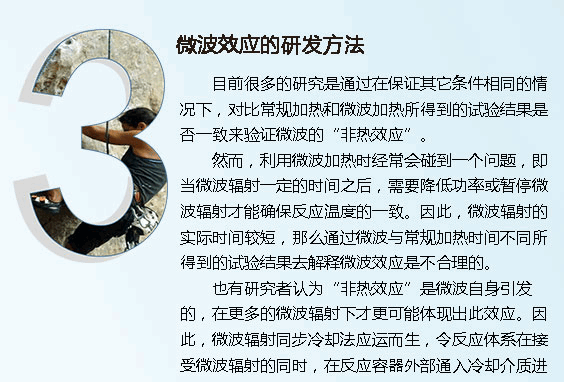
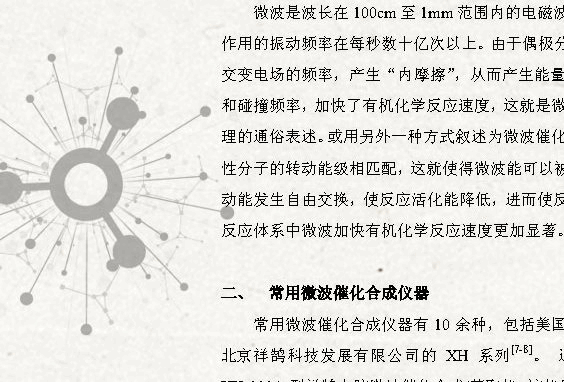

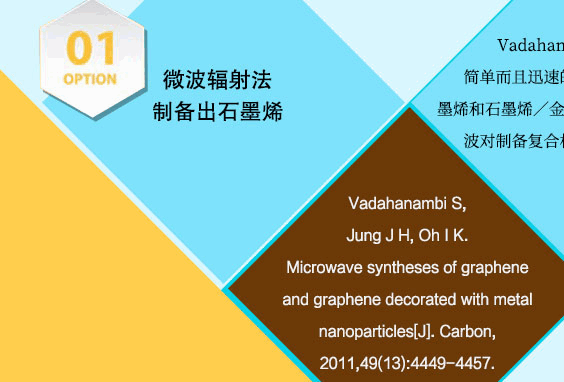
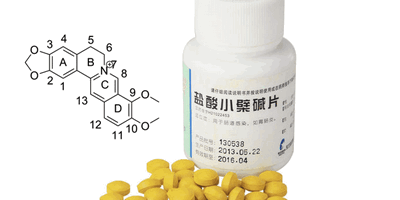


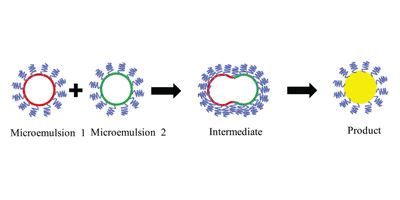
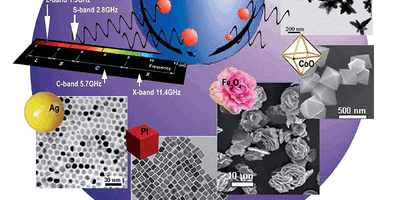
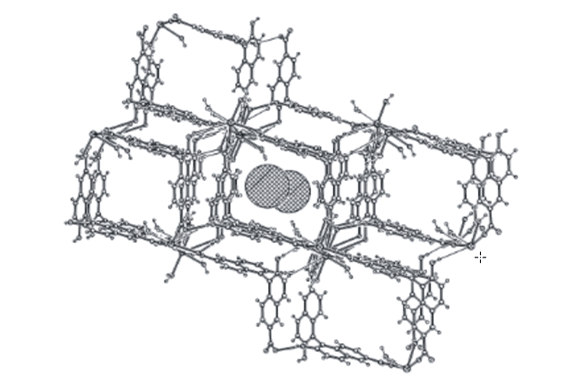
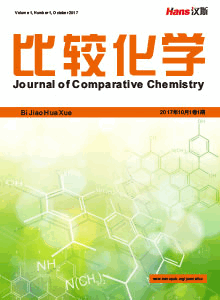
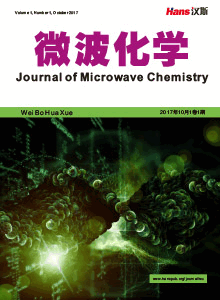
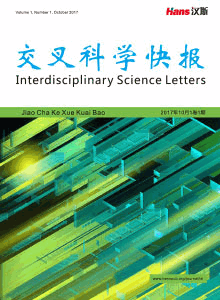




 京ICP备15050585号
京ICP备15050585号

